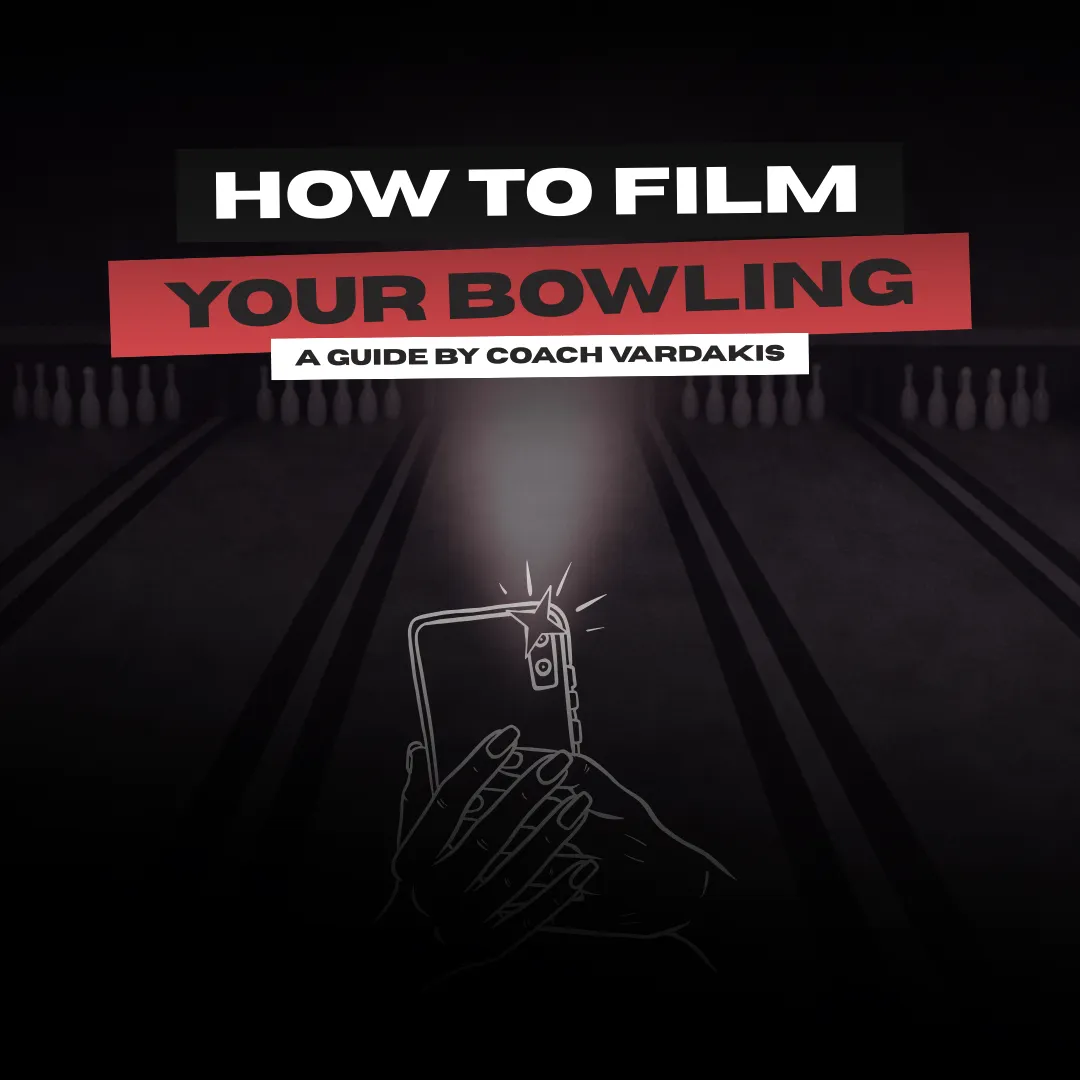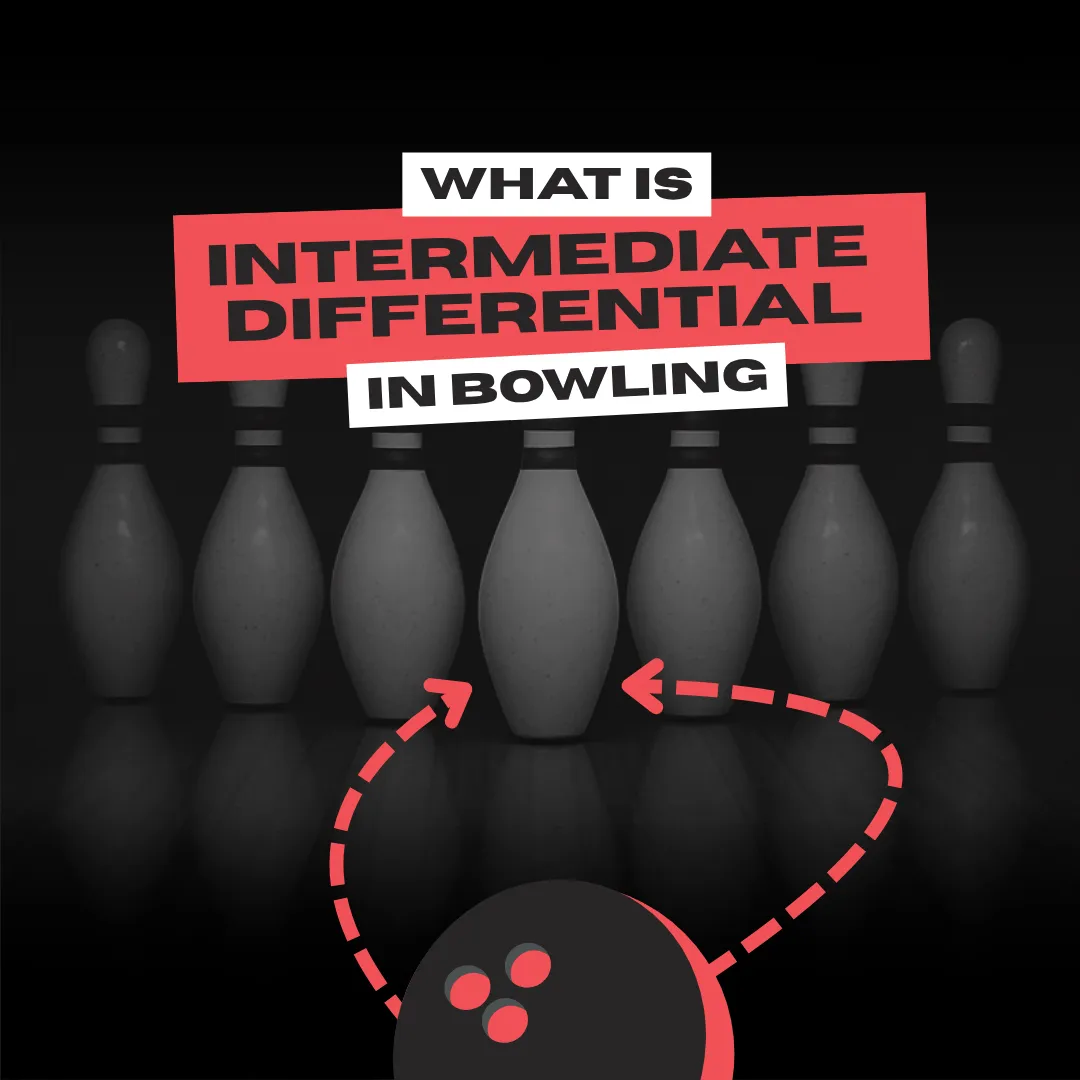When you're bowling alongside someone using a urethane bowling ball, you might notice the lanes reacting differently than usual. Nowadays, with more and more urethane bowling balls in use (especially in European tournaments), understanding how urethane impacts the lane conditions and adjusting your strategy accordingly is the key to successful bowling.
In this article, we'll delve deeper into how urethane bowling balls affects lane conditions, how to recognize when the lane is transitioning, and the strategic adjustments you can make to stay ahead of the game. We'll also explore situations where urethane can actually work in your favor.
Please note that some of the links in this article may be affiliate links.

Urethane Bowling Ball Impact on Lane Conditions
Urethane bowling balls, unlike their reactive resin counterparts, do not absorb oil from the lanes. Instead, they tend to push the oil down the lane, similar to plastic bowling balls. This oil pushdown can significantly alter the way the lane transitions over the course of a game.
As you probably know, urethane balls are often sanded to a very rough surface to maximize their hooking potential. While a 2000 or 3000 grit sanded surface is normal for reactive resin bowling balls, urethane bowling balls are often sanded to 360 or even 180 grit. As they travel down the lane, they effectively scrape down the oil off the front part of the lane, creating much drier front lane conditions compared to when a urethane bowling ball is not in use.
But if I sanded my reactive bowling ball to 180 grit, wouldn't it dry out the front as well? While any sanded ball can create this effect, the key difference with urethane bowling ball is its tendency to push the oil further down the lane, rather than absorbing it or leaving it in place like reactive balls do.
Strategic Adjustments
Due to urethane's tendency to push oil toward the end of the lane, it makes the back-end reaction of your ball less predictable. As the oil pattern stretches out, it causes the lane to play longer than it actually is. While the pattern sheet might indicate one length, you may notice from your bowling ball's reaction as if the pattern were actually two or three feet longer.
This happens because your bowling ball is losing energy before it reaches the breakpoint.
Non-Standard Solutions
This early hook can be deceptive, leading bowlers to think they need to make adjustments that may not be effective in this unique situation - for example switching to a weaker ball or moving your feet more inside.
Unfortunately, this isn't always the best approach when urethane is involved. Instead, try using a stronger bowling ball with a solid coverstock paired with a low RG, low differential core. The solid coverstock will help prevent your ball from being too aggressive and over-hooking off the friction, while the core will ensure that the ball retains its power through the front part of the lane and does not slip past the breakpoint.
Give Their Own Medicine
One of the best ways to deal with urethane bowling balls is to… well, bowl with a urethane bowling ball yourself. Here are three top urethane bowling balls that we recommend for today’s game - Hammer Purple Pearl Urethane, Storm IQ Tour 78/U, and 900 Global U - each offering its own unique benefits.
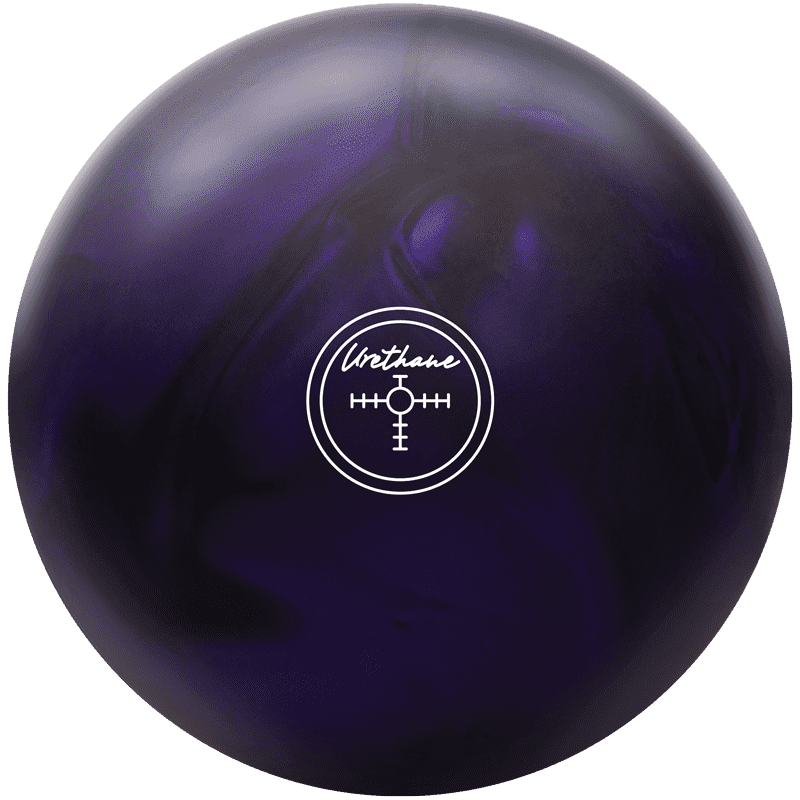
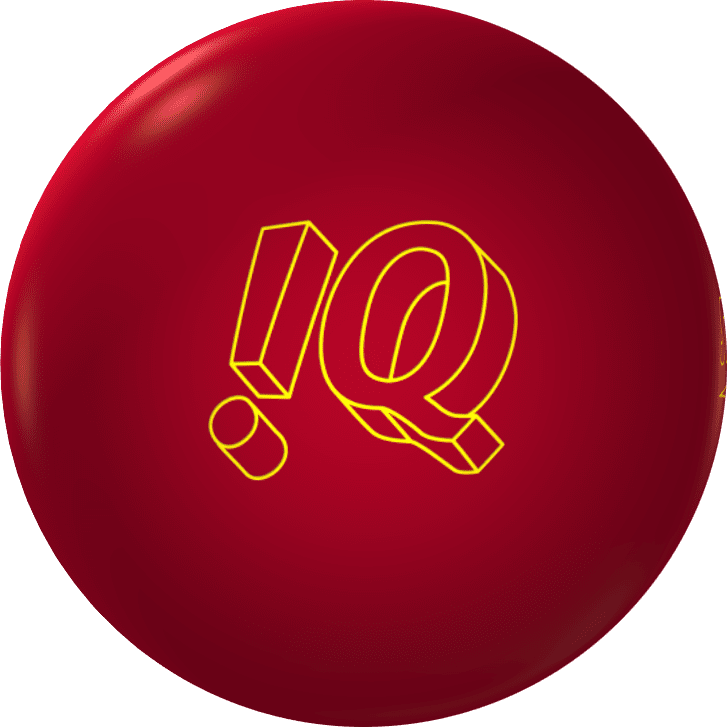
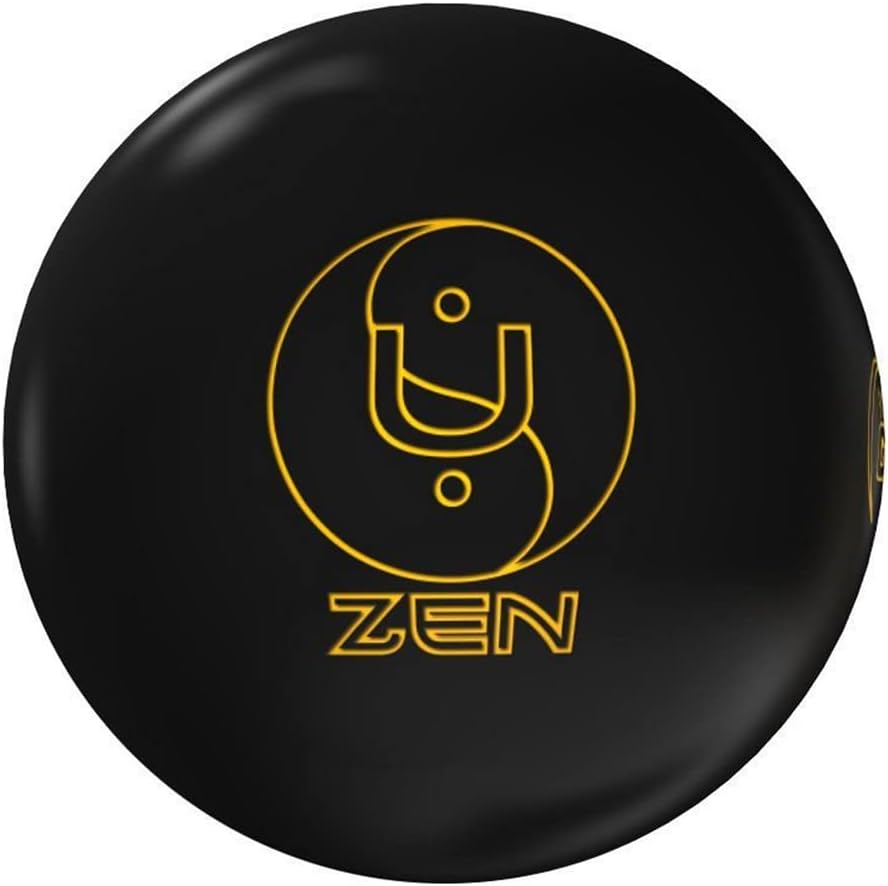
The Silver Lining: When Urethane Works in Your Favor
It's not all bad news when urethane is in play. In some cases, urethane can actually make the lanes easier to manage, especially if there's a shortage of oil. When the lanes are particularly dry and the ball is hooking a lot, urethane's oil-smoothing effect can stretch the pattern in a way that reduces the need for frequent adjustments. In these scenarios, you might find that you can stay in the same part of the lane and simply switch to a stronger ball, leading to better scores without the need for constant repositioning.
Final Thoughts
Playing the lanes when urethane balls are in play requires a keen understanding of how these balls interact with the oil pattern and a willingness to adjust your strategy accordingly. By recognizing the signs of lane transition caused by urethane and making the right ball choice, you can maintain your performance and potentially even gain an advantage over your competition. Remember, the key is to stay observant and flexible, adapting to the changing conditions with confidence and precision.
FAQ
1. What is a urethane bowling ball?
A urethane bowling ball is made from a type of plastic known as urethane, which provides a unique blend of durability and performance. Urethane bowling balls have an early response on the lane, predictable trajectory, and is well known for its durability. Unlike reactive resin balls, urethane balls do not absorb oil but rather push it down the lane, allowing more controlled and consistent reaction on the lane.
2. When should you use a urethane bowling ball?
Urethane bowling balls are particularly useful when the lane conditions are dry as you need a ball that provides a smoother, more predictable hook.
3. What is the difference between urethane and reactive bowling balls?
The main difference between urethane and reactive bowling balls is their interaction with the lane oil. Urethane balls push oil further down the lane and create a smoother reaction, while reactive balls absorb some of the oil and provide a more aggressive hook. Reactive balls tend to offer more traction and a sharper breakpoint compared to urethane balls.

